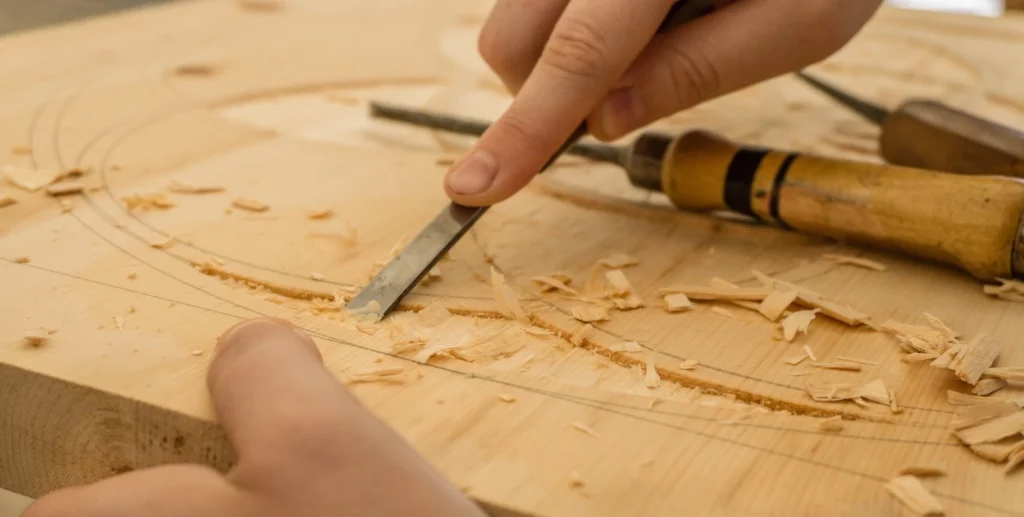How to Select the Right Type of Sandpaper for Plastic Surfaces
When it comes to sanding plastic surfaces, choosing the right type of sandpaper is crucial. The wrong choice can result in ineffective sanding, damage to the plastic, or a poor finish. With the wide variety of sandpaper options available, it can be overwhelming to determine which one is best suited for your specific needs. In this article, we will guide you through the process of selecting the right type of sandpaper for plastic surfaces, taking into consideration factors such as grit size, material composition, and intended use.
Understanding Grit Size
Grit size is one of the most important factors to consider when selecting sandpaper for plastic surfaces. It refers to the coarseness or fineness of the abrasive particles on the sandpaper. The higher the grit number, the finer the particles and the smoother the finish. Conversely, lower grit numbers indicate coarser particles that are more suitable for heavy-duty sanding.
For plastic surfaces, it is generally recommended to start with a higher grit sandpaper and gradually work your way down to finer grits. This approach helps to avoid excessive material removal and minimizes the risk of scratching or damaging the plastic. A good starting point for sanding plastic surfaces is a grit size of 220 or 320.
Choosing the Right Material Composition
The material composition of the sandpaper is another important consideration. Different materials offer varying levels of durability, aggressiveness, and compatibility with plastic surfaces. The three most common types of sandpaper materials are:
- Silicon Carbide: Silicon carbide sandpaper is highly versatile and suitable for sanding a wide range of materials, including plastic. It is known for its aggressive cutting action and ability to produce a smooth finish. Silicon carbide sandpaper is available in both wet and dry forms, making it suitable for various applications.
- Aluminum Oxide: Aluminum oxide sandpaper is another popular choice for sanding plastic surfaces. It is durable, long-lasting, and offers excellent cutting power. Aluminum oxide sandpaper is available in various grit sizes and is suitable for both hand sanding and power sanding.
- Garnet: Garnet sandpaper is a natural abrasive that is often used for woodworking projects. While it may not be as aggressive as silicon carbide or aluminum oxide, it is still effective for sanding plastic surfaces. Garnet sandpaper is available in a range of grit sizes and is known for its durability.
Considering the Intended Use
When selecting sandpaper for plastic surfaces, it is important to consider the intended use or purpose of the sanding. Different sandpaper types are designed for specific applications, and using the wrong type can lead to subpar results. Here are some common sandpaper types and their recommended uses:
- Sandpaper Sheets: Sandpaper sheets are versatile and can be cut into smaller pieces for hand sanding or used with a sanding block for larger surfaces.
- Sanding Blocks: Sanding blocks provide a flat and even sanding surface, making them ideal for smoothing out larger plastic surfaces.
- Sandpaper Rolls: Sandpaper rolls are convenient for sanding long or irregularly shaped plastic surfaces. They can be easily cut to the desired length.
- Sandpaper Discs: Sandpaper discs are commonly used with power sanders for efficient and uniform sanding of plastic surfaces.
- Wet Dry Sandpaper: Wet dry sandpaper is designed to be used with water or lubricants, making it suitable for wet sanding applications.
Additional Considerations
While grit size, material composition, and intended use are the primary factors to consider when selecting sandpaper for plastic surfaces, there are a few additional considerations that can further enhance your sanding experience:
- Surface Condition: Before sanding plastic surfaces, it is important to ensure that the surface is clean and free from any contaminants. This will help prevent clogging of the sandpaper and ensure a smooth sanding process.
- Progressive Sanding: As mentioned earlier, it is recommended to start with a higher grit sandpaper and gradually work your way down to finer grits. This progressive sanding approach helps to achieve a smoother finish and minimizes the risk of damage to the plastic.
- Proper Technique: Using the right sandpaper is important, but so is using the proper sanding technique. Apply even pressure, sand in a consistent direction, and avoid excessive force to achieve the best results.
Conclusion
Selecting the right type of sandpaper for plastic surfaces is essential for achieving a smooth and professional finish. By considering factors such as grit size, material composition, and intended use, you can make an informed decision that will yield the best results. Remember to start with a higher grit sandpaper and gradually work your way down, choose a sandpaper material that is compatible with plastic, and consider the specific application or purpose of the sanding. With the right sandpaper and proper technique, you can transform your plastic surfaces with ease.



















